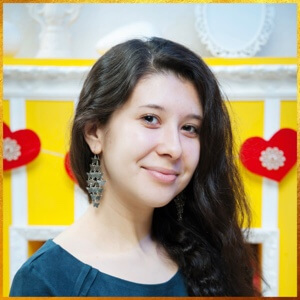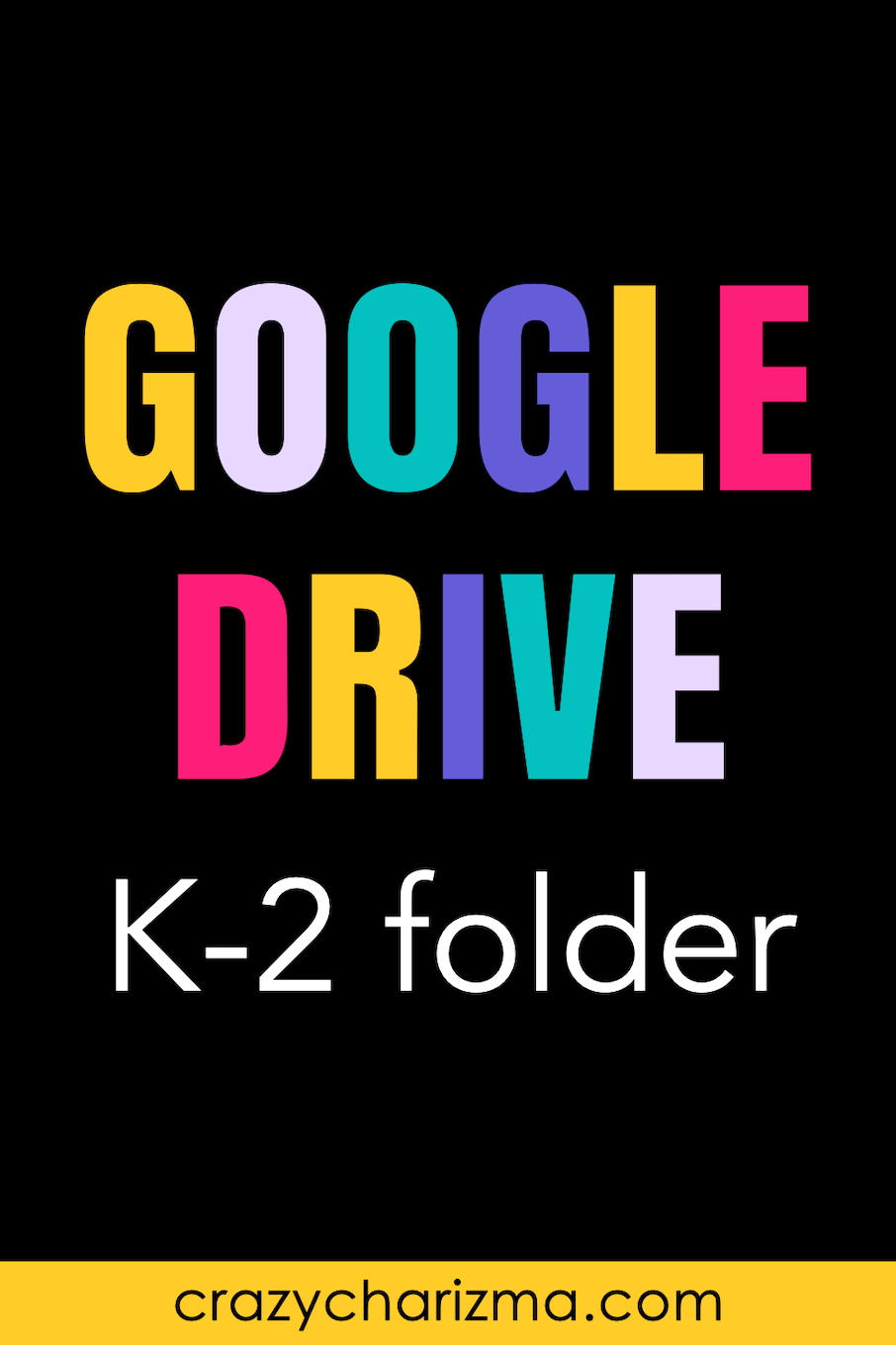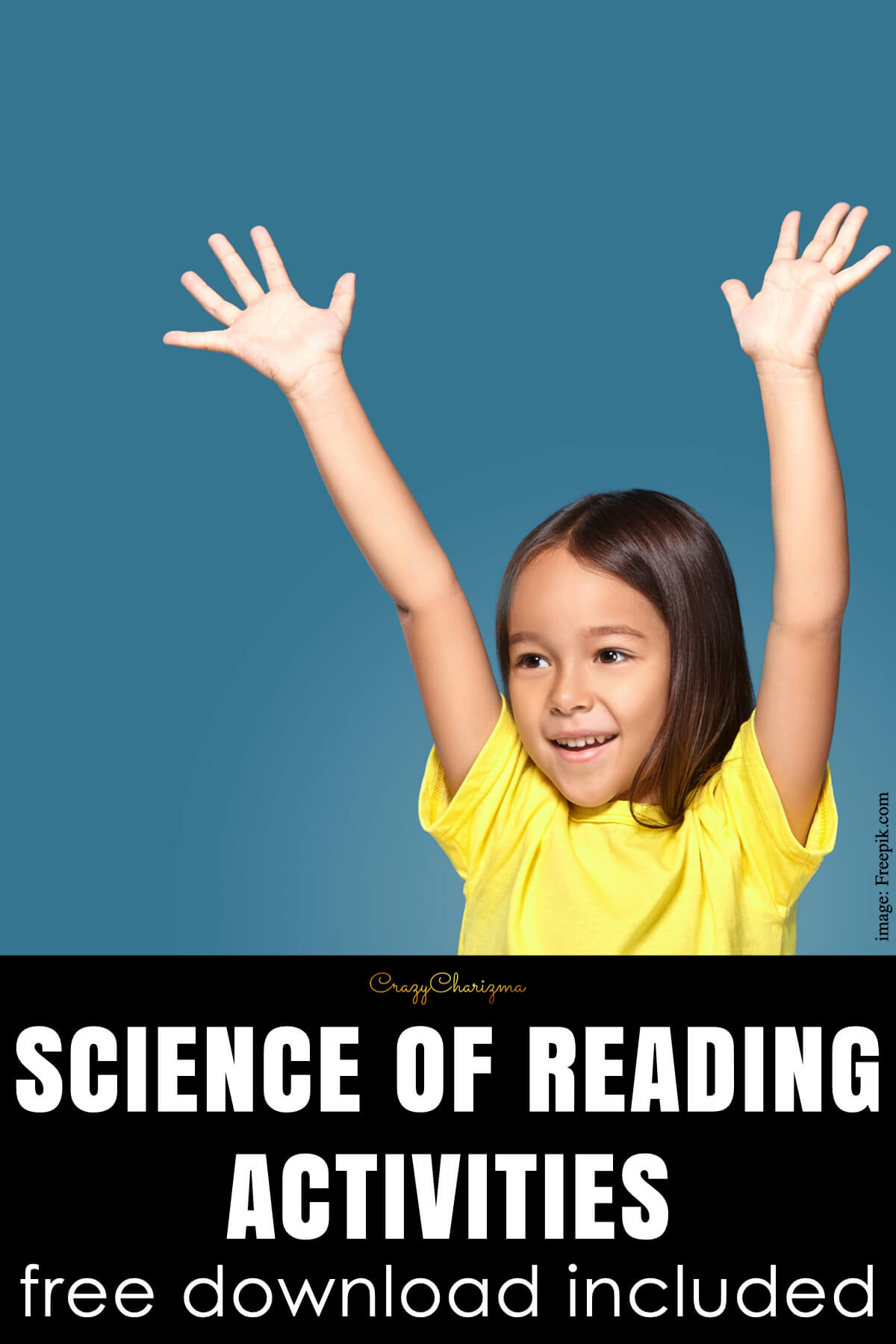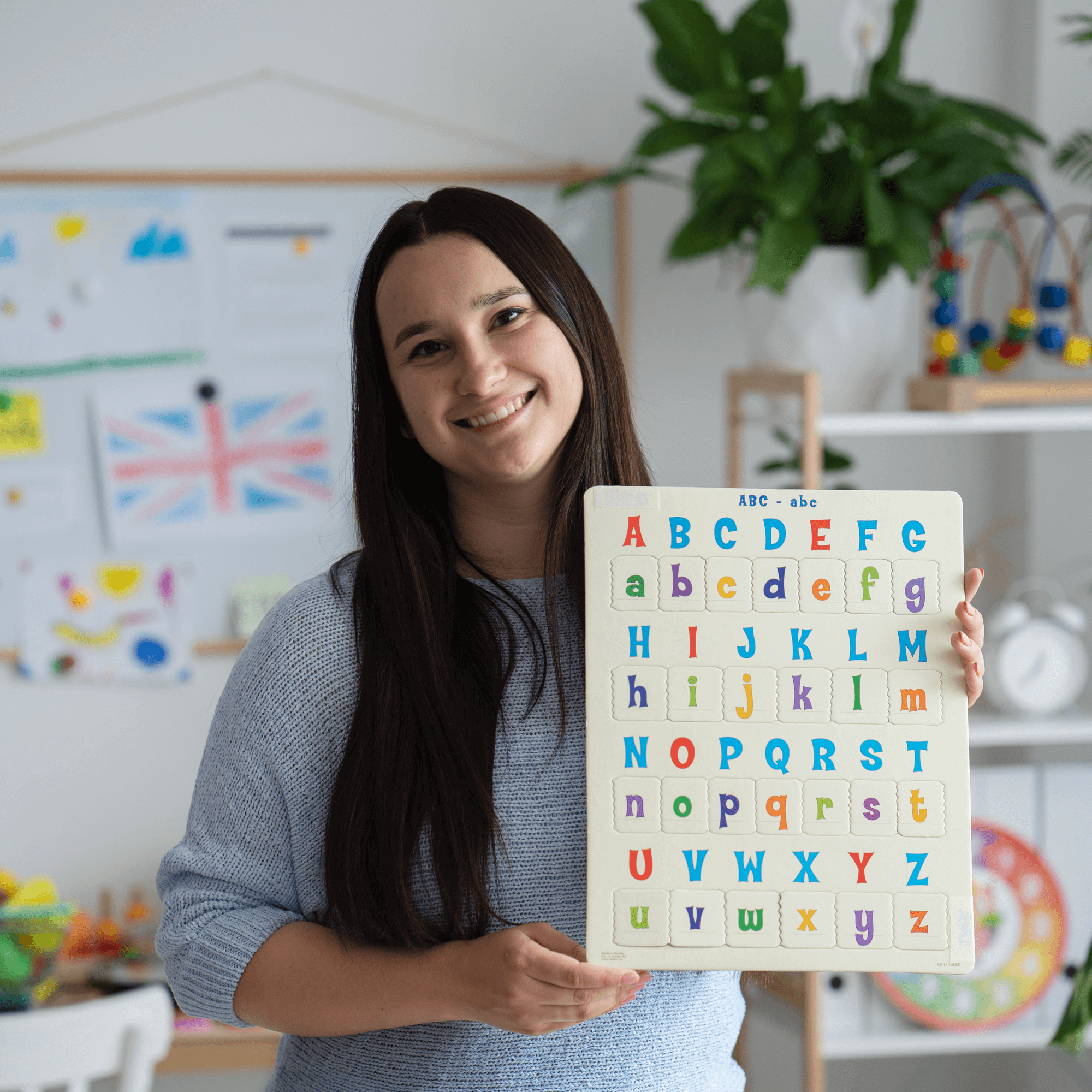Is everybody telling you to switch from word wall to sound wall? But Why? What is a sound wall? How to use the sound wall and how it is connected with the Science of Reading? Let's jump in!
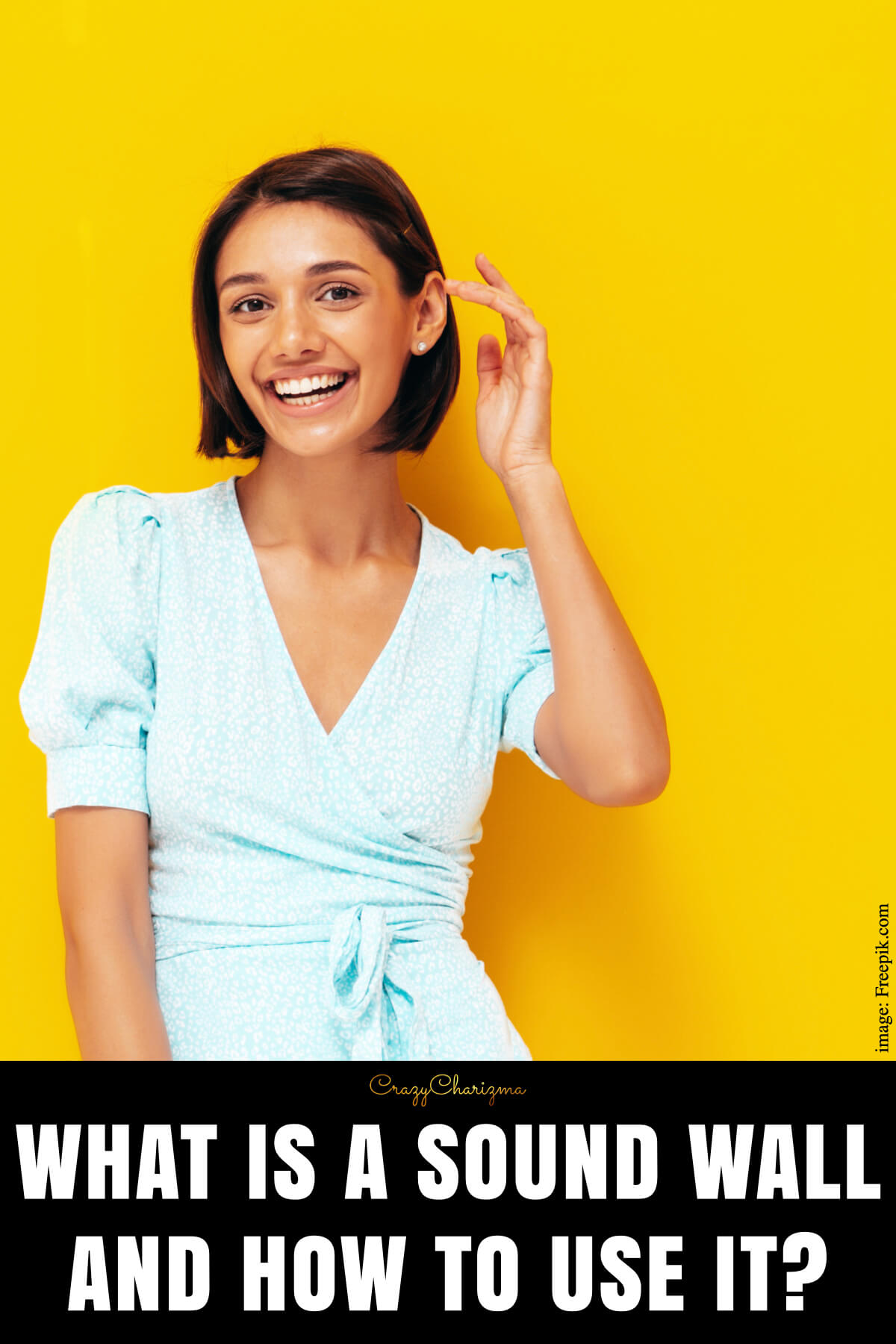
What is a Sound Wall
The first time I heard about sound walls is when I learned about the Science of Reading. If you are a newbie, start with this blogpost first.
Traditional word walls are organized from A to Z. They are based on a print-to-speech approach. Sound walls are organized by speech sounds. They are based on a speech-to-print approach.
Sound walls are not your classroom wallpapers. Sound walls are meant for learners. They support explicit phonics instruction.
One of the best features of sound walls is that they include mouth formation pictures. They help students understand how to make sounds and what is happening with our lips, teeth, tongue, etc.
Here is a great video about Sound Walls: What is it, Why to use it, How to use it
How to Set Up the Sound Wall
As mentioned above, sound walls are grouped by phonemes and not beginning letters. Sound walls include 44 phonemes.
Usually, sound walls have 2 parts: consonant phonemes and a vowel valley.
Consonant Phonemes in Sound Walls
Consonant phonemes have 6 categories: stops, nasals, fricatives, affricates, glides, and liquids. Each category contains both voiced and unvoiced sounds. Consonant sounds can be organized by the place of articulation (where in the mouth the sound is occurring) and the manner of articulation (how the sound is formed, what is happening with our tongue, mouth, lips, what airflow is doing, etc.). Voiced sounds are made in the sound box (when we are making voiced sounds, our throat is vibrating).
Stops
When we make stop sounds, a puff of air comes out.
- Unvoiced: /p/, /t/, k/
- Voiced: /b/, /d/, /g/
Nasals
When we make nasal sounds, airflow comes out of our nose.
- /m/, /n/, /ng/
Fricatives
When we make fricative sounds, friction and vibration occur. Only a small amount of air can come through.
- Unvoiced: /f/, /th/, /s/, /sh/, /h/
- Voiced: /v/, /th/, /z/, /zh/
Affricates
When we make affricate sounds, there is a stop and then friction.
- Unvoiced: /ch/
- Voiced: /j/
Glides
Glide sounds glide to the following sound.
- Unvoiced: /wh/ (more common in British English)
- Voiced: /w/, /y/
Liquids
Liquid sounds fill your mouth up.
- /l/, /r/
2 Sounds
These are 2 consonants that represent 2 sounds. The letter X represents the sounds /k//s/ and the letter Q represents the sounds /k//w/.
Here is how Consonant Phonemes Parts look in my Sound Wall.

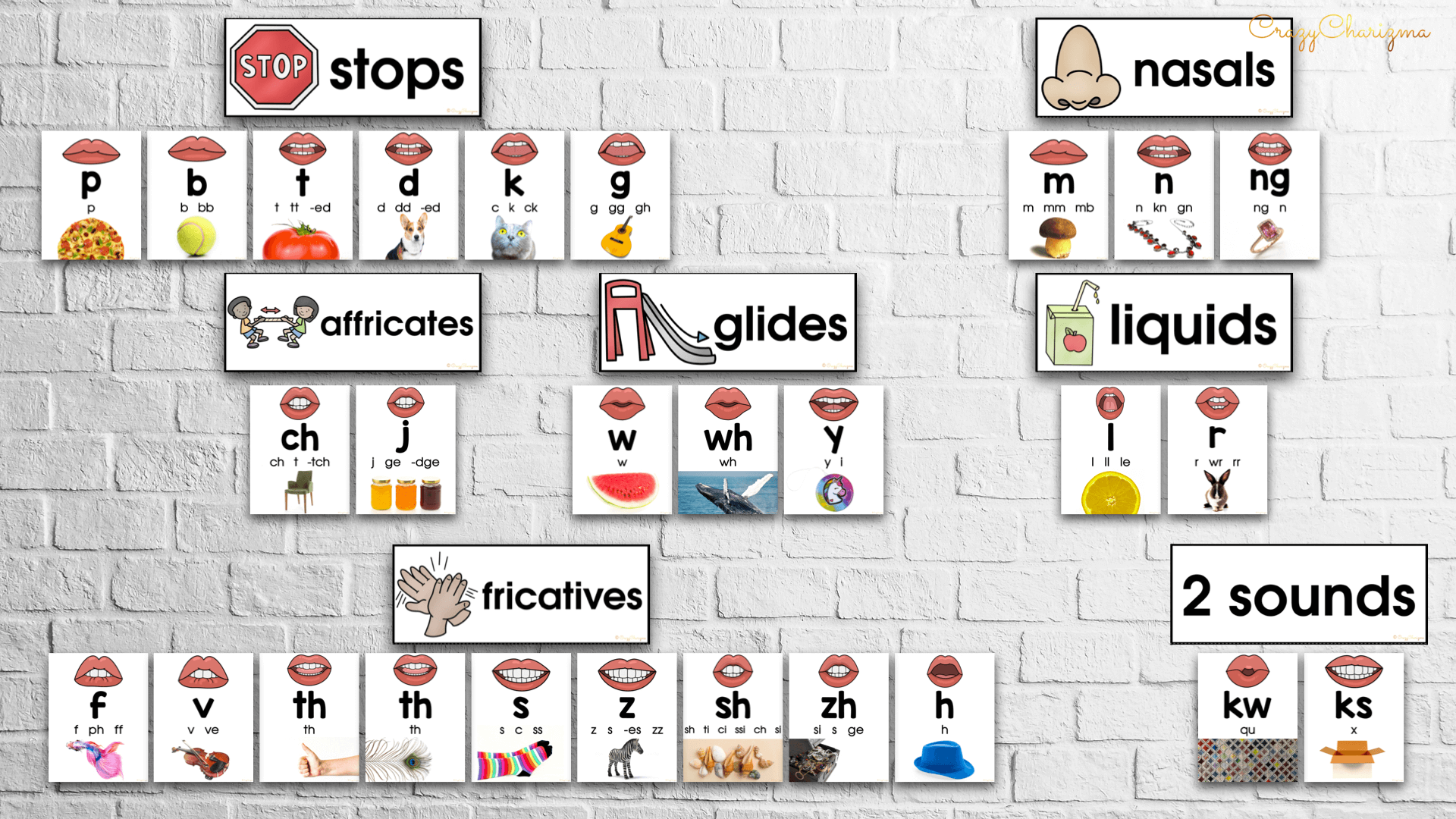
Vowel Phonemes in Sound Walls or Vowel Valley
The vowel phonemes are arranged in a V shape to mimic the motion of your chin as you make the sounds. This is known as "Vowel Valley".
There are more sets of cards included in Vowel Valley: r-controlled vowels (/er/, /ar/, /or/) that make single phonemes, diphthongs that also make singles phonemes (/oi/, /oy/, /ou/, /ow/), and the schwa sound.
Here is how Vowel Valley looks in my Sound Wall.
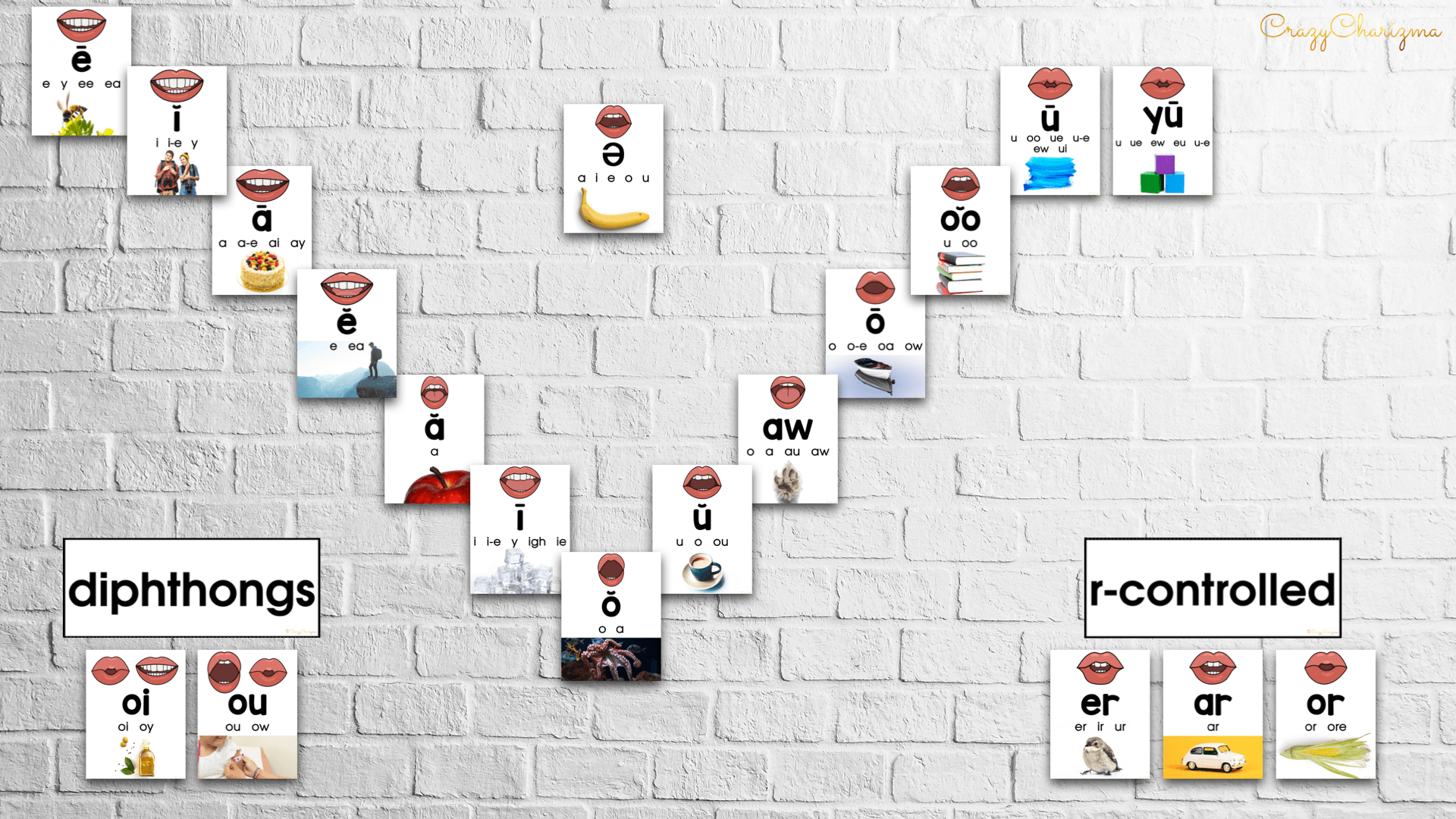
Learn more about Vowel Valley here.
How to Use the Sound Wall
Here I'll briefly give you ideas on how to use sound walls. The topic is huge, so stay tuned for a separate blogpost on using sound walls.
Step Zero
These are the things for you to remember:
- Technical terms are not important, especially with small kids. Don't waste your time on them.
- Don't add the schwa sound when you teach consonants.
- Flip over or cover phoneme cards if the sound has not been taught yet.
- Cover graphemes (various spellings of sounds) that have not been taught yet.
Step 1 - Introduce the sound with the phoneme card
Have a designated time for your sound wall block. It can be part of your daily calendar or morning meeting. Introduce one sound a day. You'll take the phoneme card of that sound with an anchor picture.
Here is how Phoneme Cards look in my Sound Wall.
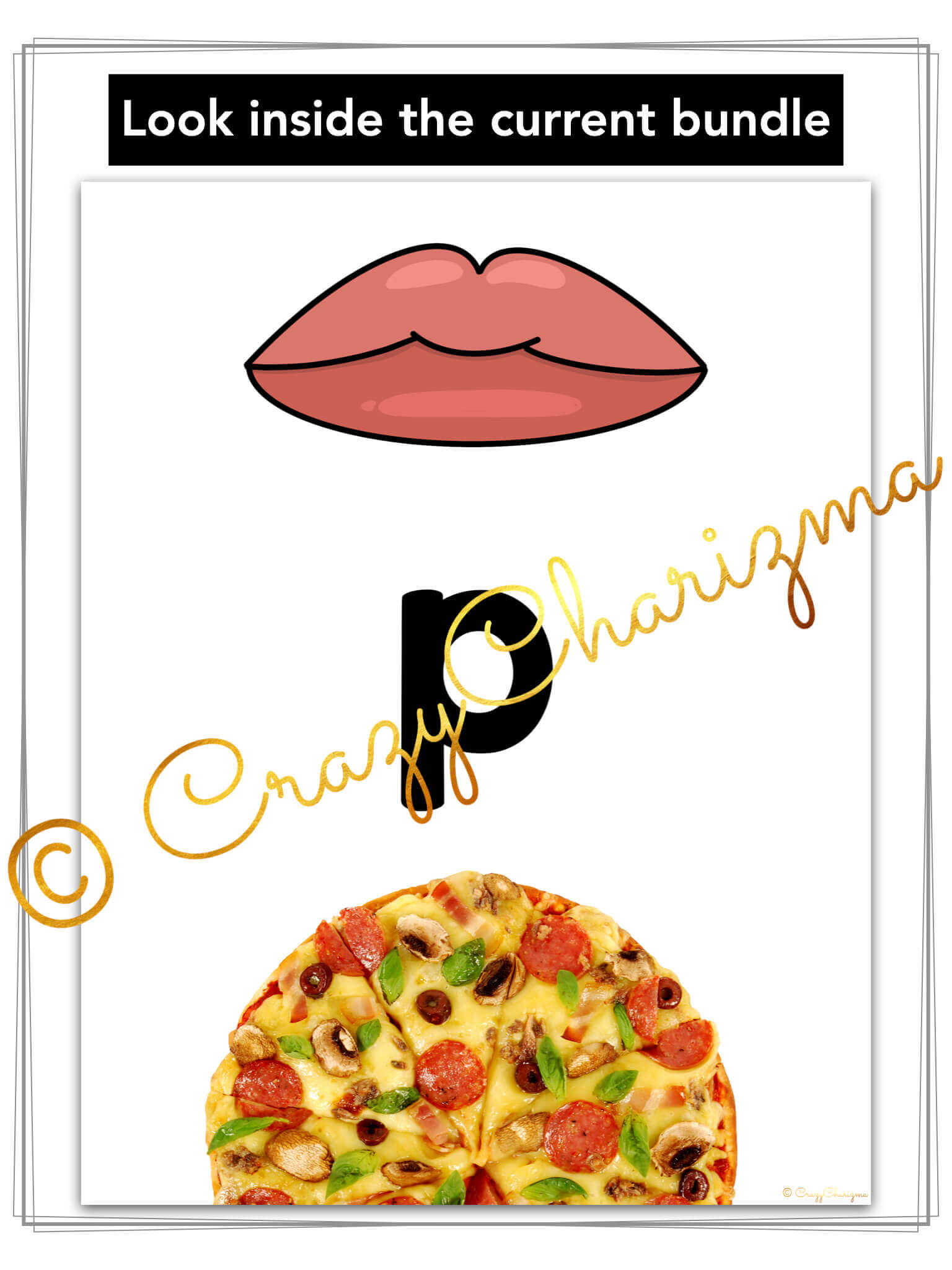
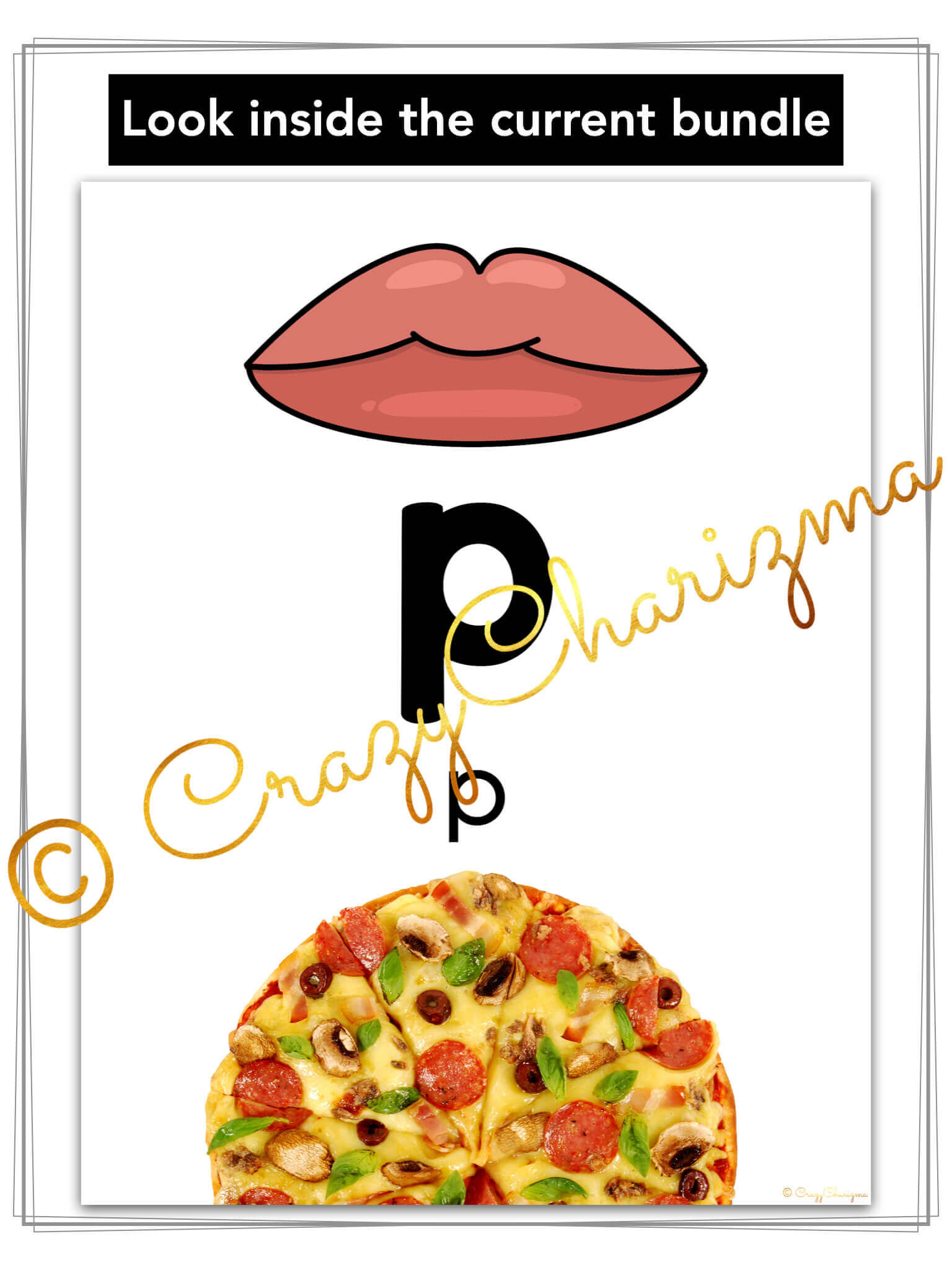
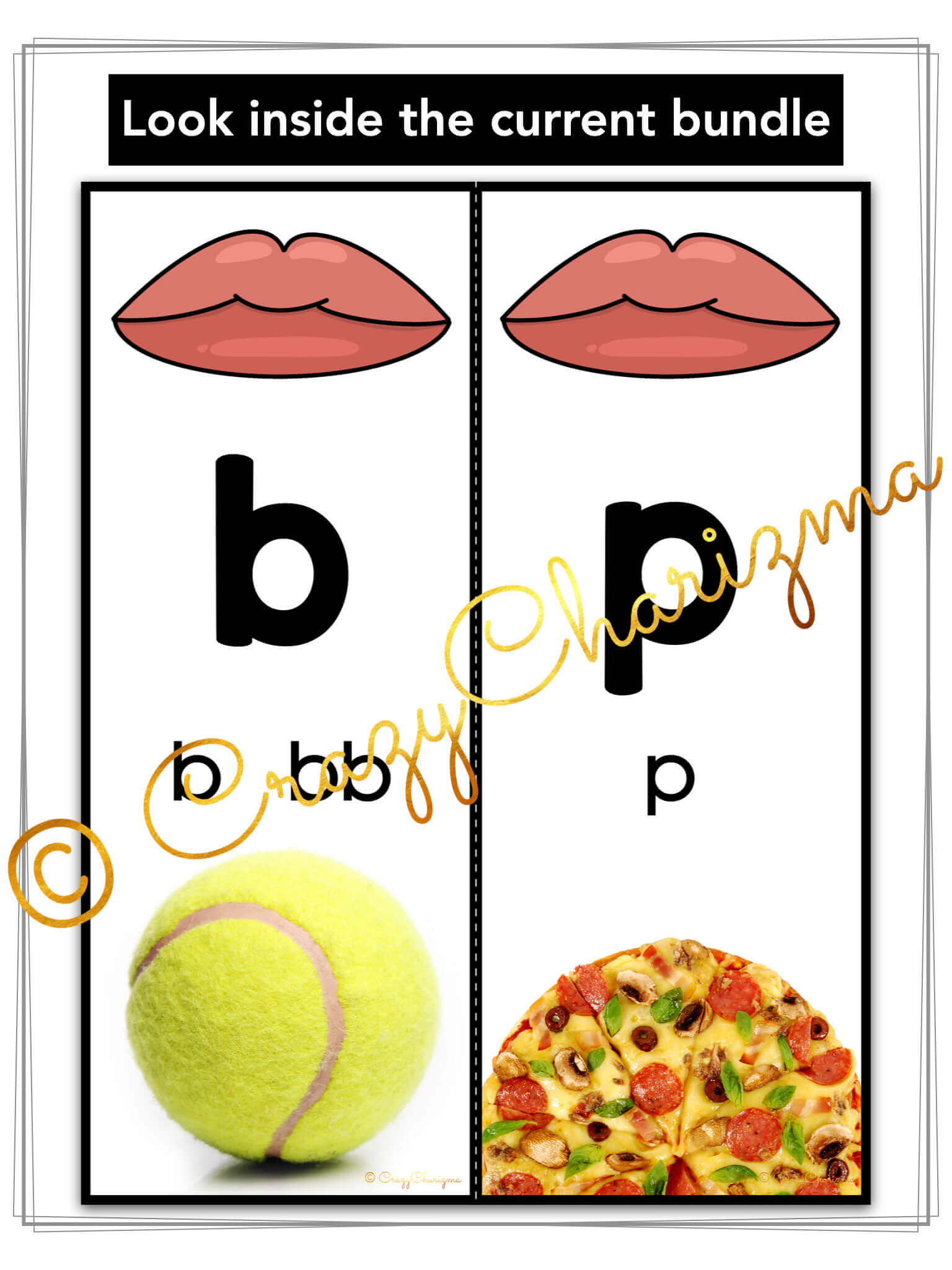
You can ask the following questions:
- What are your lips doing?
- What is your tongue doing?
- What is happening in the throat? Do we use our voicebox?
- What is happening with our teeth?
- What is our mouth doing?
Model everything yourself. Give small mirrors to your students and let them mimic you. With all the questions and your guidance, put the sound card in the right place on your sound wall. Spend time talking about the anchor picture (the key image).
Step 2 - Connect the sound to the letter
Here you say that the sound you've learned represents the particular letter(s). This is a grapheme. Model how to write the grapheme. Then have the students repeat the sound and practice writing the grapheme themselves.
Step 3 - Repeat and review
You can have a daily review of the sounds kids have learned so far.
Step 4 - Use individual sound walls
Teach kids to use individual sound walls as a reference while they are writing or reading. They will help them to decode and spell words.
Here is how individual sound walls look in my Sound Wall pack.
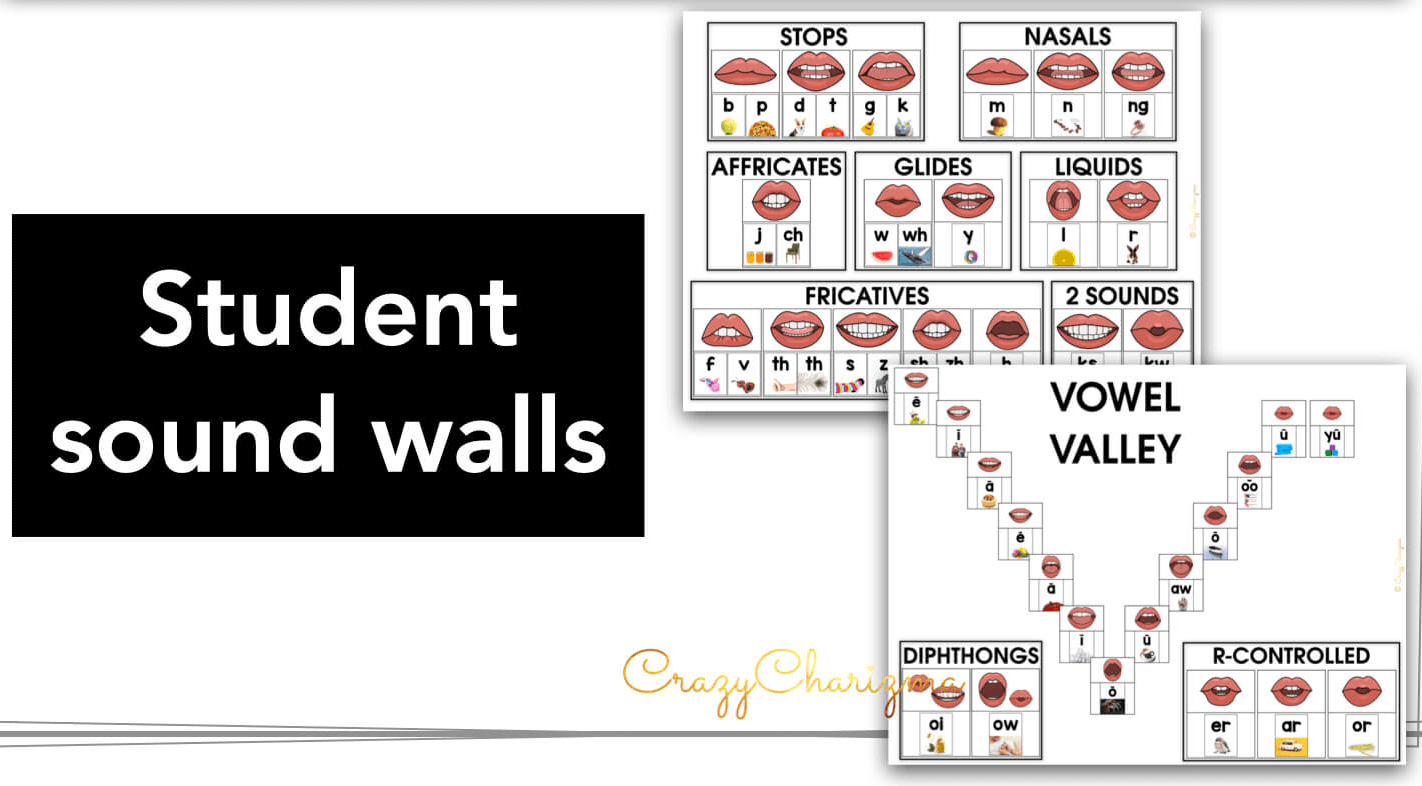
Ready to use Sound Walls? Buy my Sound Wall Pack here.
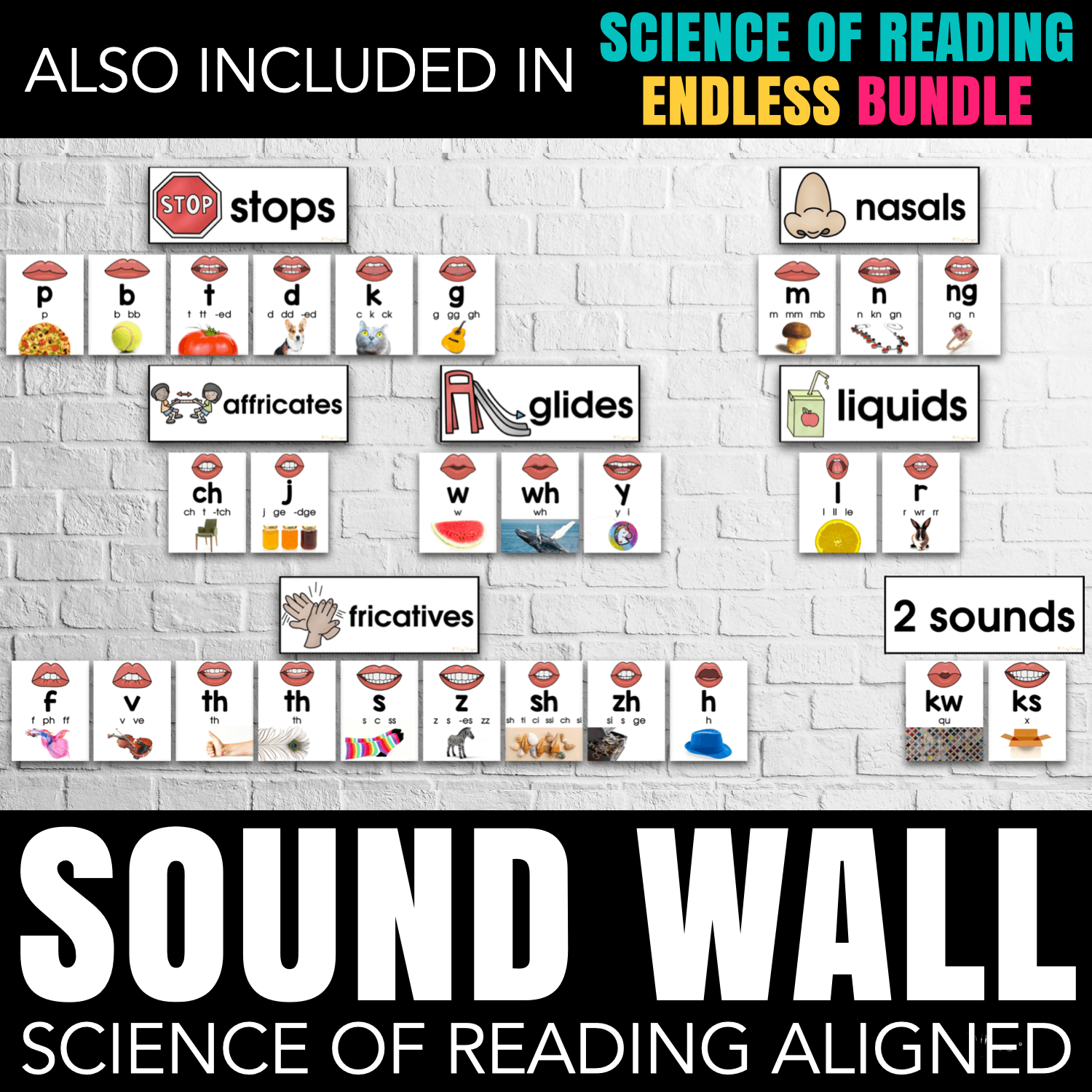
Learn more on how to use sound walls:
- EDVIEW360 Podcast – How to Use Sound Walls to Transform Instruction – Mary Dahlgren & Antonio Fierro
- EDVIEW360 Podcast – Retire Your Word Wall: How Sound Walls Support the Science of Reading – Mary Dahlgren
- How to Use a Sound Wall
Sound walls are making a difference in the classrooms. Start small by introducing a sound wall to your kids. You'll see big changes as you move on.
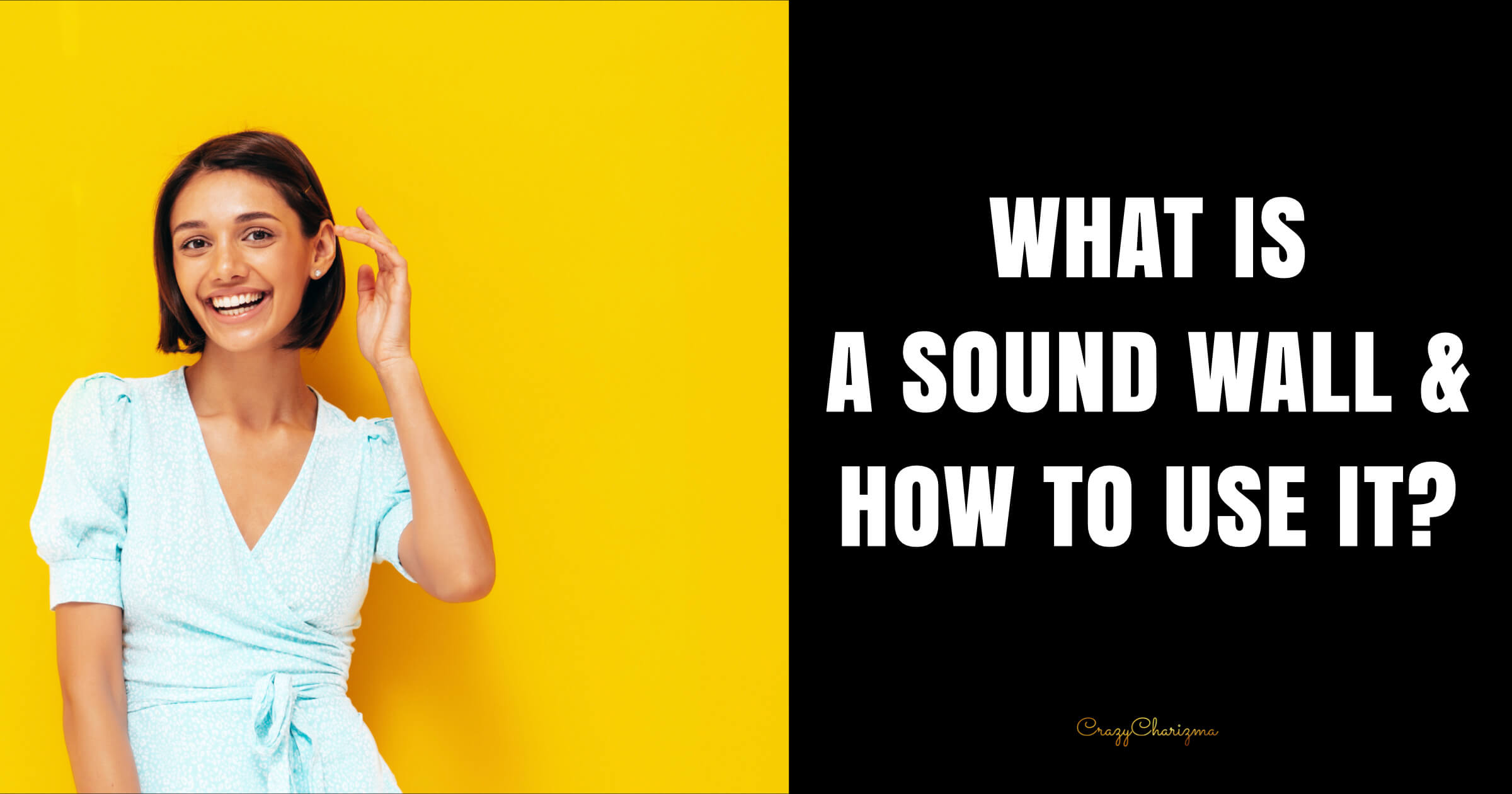
Please, spread the love. Pin this or share.
